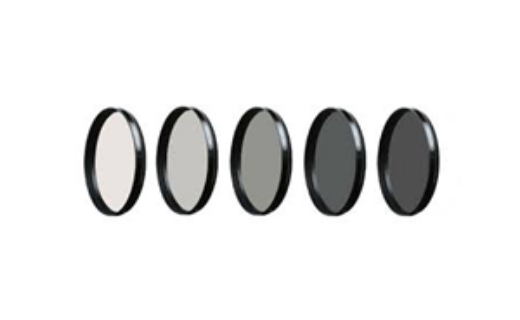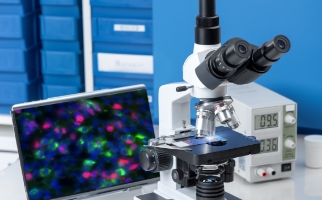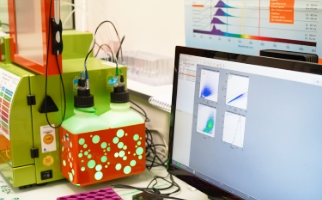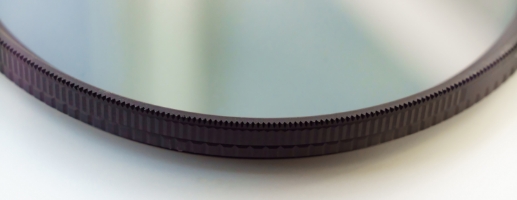ND filters
They are essential tools for optimizing image quality, exposure, and contrast in various biomedical applications.

Application
When using ND filters in biomedical imaging, it's important to select the appropriate filter density to achieve the desired level of light reduction without compromising image quality.
-

Microscopy
Microscopes used for detailed observation in pathology and biological tissue necessitate filters to transmit specific wavelengths of light.
-

Endoscopy
In endoscopic technology, optical filters are employed to use specific wavelength light for internal observation and procedures.
-

Fluorescence Imaging
In fluorescence microscopy used for labeling cells and biological tissues, filters are essential for observing specific fluorescence.
-

Dental Imaging
In imaging diagnostic devices like X-rays, MRI, CT, etc., filters that allow or block specific wavelengths of light are necessary. This enhances the clarity of viewing specific tissues or abnormalities.
-

Spectrophotometry
In spectroscopy, optical filters are utilized when analyzing the components and characteristics of drugs using light of specific wavelengths.
-

Flow Cytometry
Devices for testing blood coagulation employ optical filters to use light of specific wavelengths for examination.
Property
9 ways ND filters are used
-
Controlling Light Intensity
ND filters reduce the intensity of light passing through them without altering its spectral composition.
-
Adjusting Exposure
By adding or removing ND filters, researchers can control the exposure time and aperture settings of their imaging equipment.
-
Increasing Contrast
ND filters can help improve the contrast of images by reducing the overall light level.
-
Protecting Sensitive Samples
In some cases, biological specimens can be sensitive to intense light, and prolonged exposure may damage them.
-
Eliminating Glare and Reflections
In fluorescence microscopy and other imaging techniques, glare and reflections from surfaces or bright objects can potentially obscure desired details.
-
Standardizing Imaging Conditions
In research settings, it's important to maintain consistent imaging conditions across experiments or studies.
-
Enhancing Depth of Field
ND filters can be used in conjunction with other techniques like focus stacking to increase the depth of field in microscopy.
-
Minimizing Photobleaching
ND filters can be employed to reduce light intensity and extend the observation time of fluorescent samples.
-
Customizing Illumination
In some setups like microscope photography or specialized imaging systems, adjusting illumination to specific requirements is crucial. ND filters allow precise tuning of light source output.
VS-Technology manufactures 2 types of ND filters
Application
-

A metal type that uses surface reflection
-

A low-reflection type where the reflection is suppressed.
Property
-
Transmittance Uniformity
The transmittance spectrum is highly flat within the visible light range.
-
Accuracy of Optical Density
Optical Density (OD) is precisely achieved within the range of 0.1 ~ 3.0.
-
Customizable to Desired Specifications
We can manufacture beyond the mentioned optical density and wavelength ranges.
